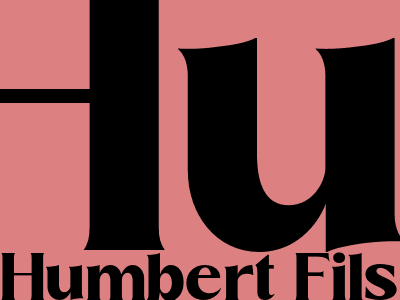
Craft Compelling Content for Your Blog: A Comprehensive Guide
Captivating Introductions: The Key to Success
The opening paragraph of your blog post is crucial. It sets the tone for the entire piece and determines whether readers will continue reading. Craft an engaging and informative introduction that captures their attention and makes them want to learn more. Provide a brief overview of the topic, pique their curiosity, or share a relevant anecdote.
Structuring Your Content: Headings and Subheadings
Headings and Subheadings: Organization and Clarity
Organize your blog post with clear headings and subheadings. This structure enhances readability, helps readers skim the content, and improves search engine visibility. Use headings to break up large sections of text and make your post easy to navigate.
Paragraph Structure: Clarity and Conciseness
Keep your paragraphs concise, with three sentences or less. This improves readability and makes it easier for readers to digest the information. Avoid long, rambling sentences that can lose their impact. Break down complex ideas into smaller, manageable chunks.
Crafting Compelling Content: Engaging and Informative
The meat of your blog post should be well-written, informative, and engaging. Provide valuable insights, research-backed information, and practical tips that resonate with your readers. Avoid excessive jargon or technical terms that may alienate them.
Support your claims with credible sources, such as reputable websites, academic journals, or industry experts. This builds trust and authority with your readers, showing that your content is well-researched and reliable.
Visual Elements: Enhancing Readability and Engagement
Incorporate visual elements such as images, videos, and infographics to enhance your content and make it more engaging. These elements break up the text, provide visual interest, and help readers understand complex concepts more easily.
Use bullet points and lists to present information in a clear and concise manner. They make your content more scannable and easier to skim, allowing readers to quickly grasp the key takeaways.
Optimizing for Search Engines: Keywords and Structure
Incorporate relevant keywords into your content, but avoid keyword stuffing or unnatural use. Focus on providing valuable information that naturally includes relevant terms to improve your search engine visibility.
Use headings and subheadings to structure your content logically. Search engines use these headings to understand the hierarchy and flow of your article, making it easier for them to index and rank your content.